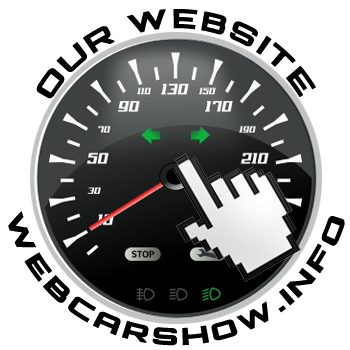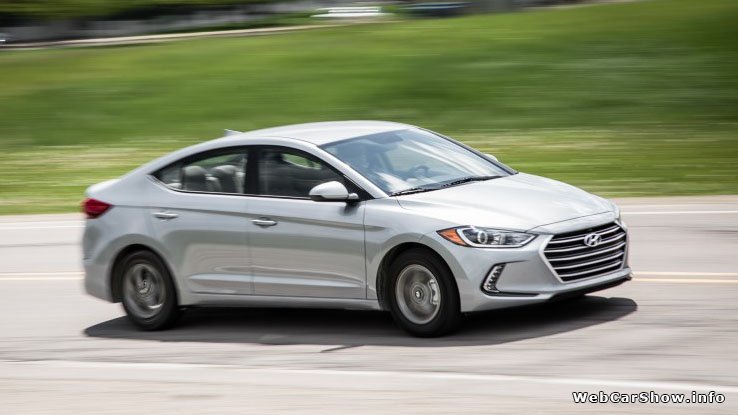The Eco’s miserly prowess is derived mainly from its 1.4-liter turbocharged four-cylinder engine. It makes just 128 horsepower—19 less than the naturally aspirated 2.0-liter in other Elantras—but remedies that deficiency with an extra 24 pound-feet of torque. The 1.4 hits its torque plateau at just 1400 rpm, when its 156 pound-feet delivers a swell of acceleration.It’s enough to make the Eco half a second quicker to 60 mph than other Elantras, a welcome win-win that may better justify the upcharge than any projected savings at the gas pump.The paltry $400 extra you’ll pay for an Eco over a similarly optioned Elantra SE will take years to recoup, at least as long as fuel prices remain low.
Another significant mechanical difference between the Eco and the rest of the Elantra lineup is its transmission, a seven-speed dual-clutch automatic that stands in for the conventional six-speed automatic. In this application, however, the dual-clutch comes from the frugal branch of the gearbox tree rather than the sporty one that bears fruit like paddle shifters and launch control. While the transmission shifts quickly enough, it does sometimes falter at low speeds. This often leads to the car leaping rather than creeping forward when you’ve let off the brake from a stop.
In every other way, the Eco is identical to the rest of the Elantra models, which is mostly a good thing. It feels just as solid and the cabin is even quieter than the others, the turbocharger providing an extra muffling effect. It handles with the same composure, while its steering has the same on-center dead spot. And the Eco has the same handsome styling, though its grille seems borrowed from another carmaker’s parts bin.
But even if the Eco gets mistaken for a Ford or a Subaru, it won’t be confused with the old Elantra. This one delivers on the promise of its badge.









